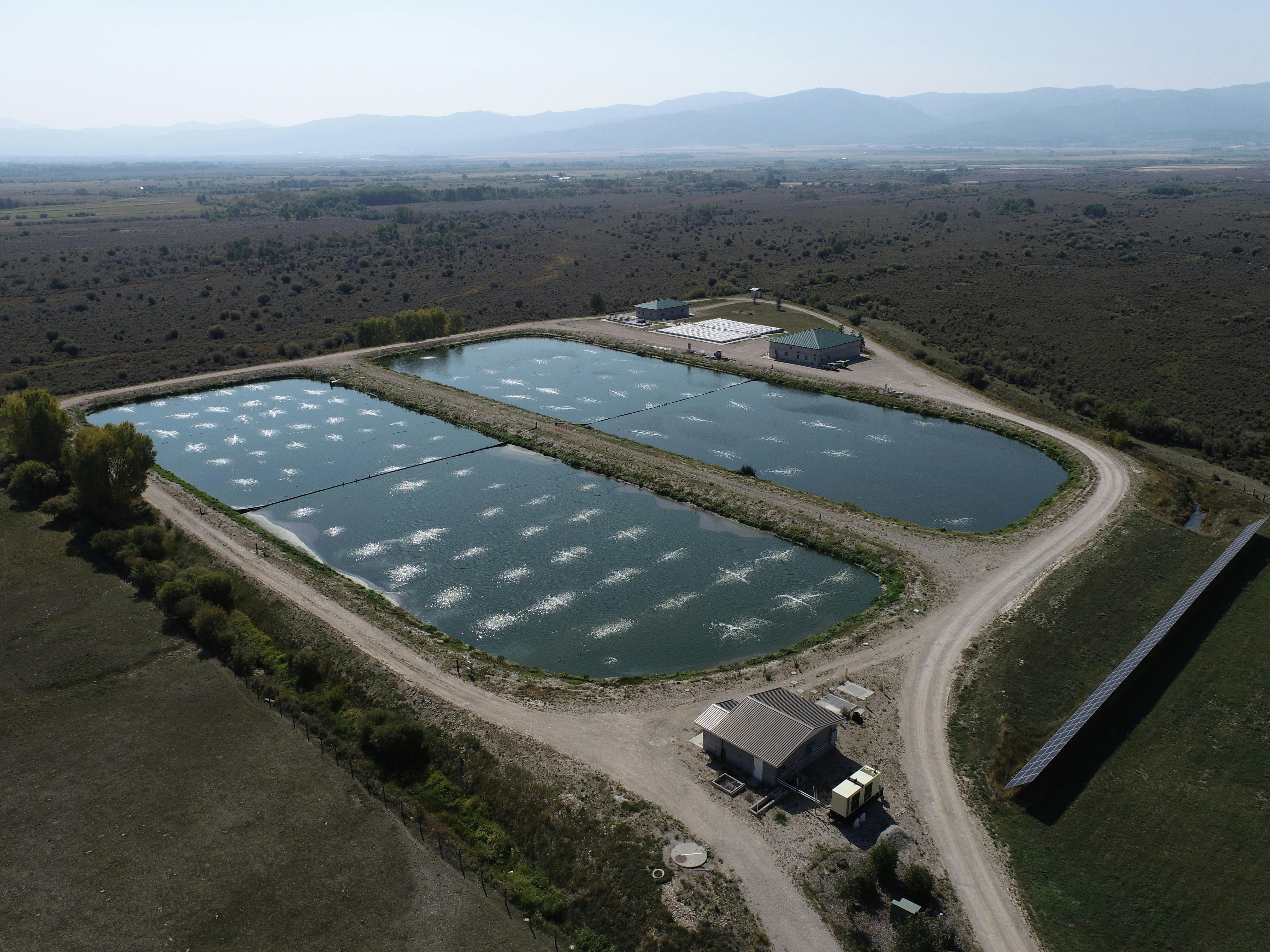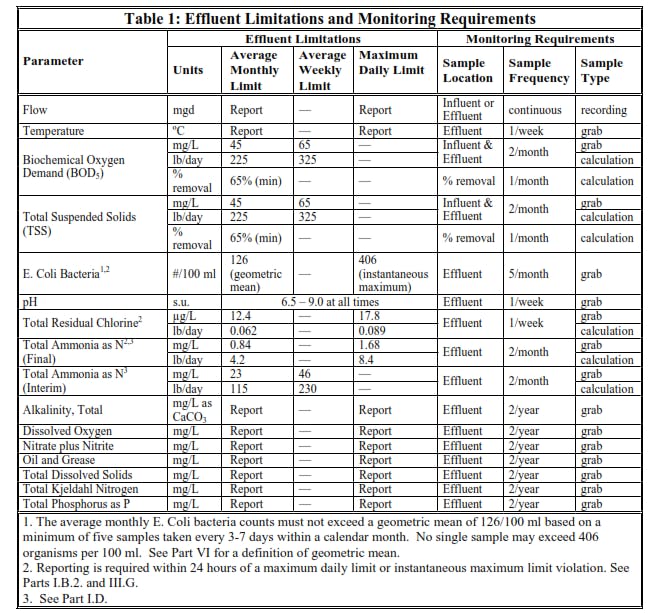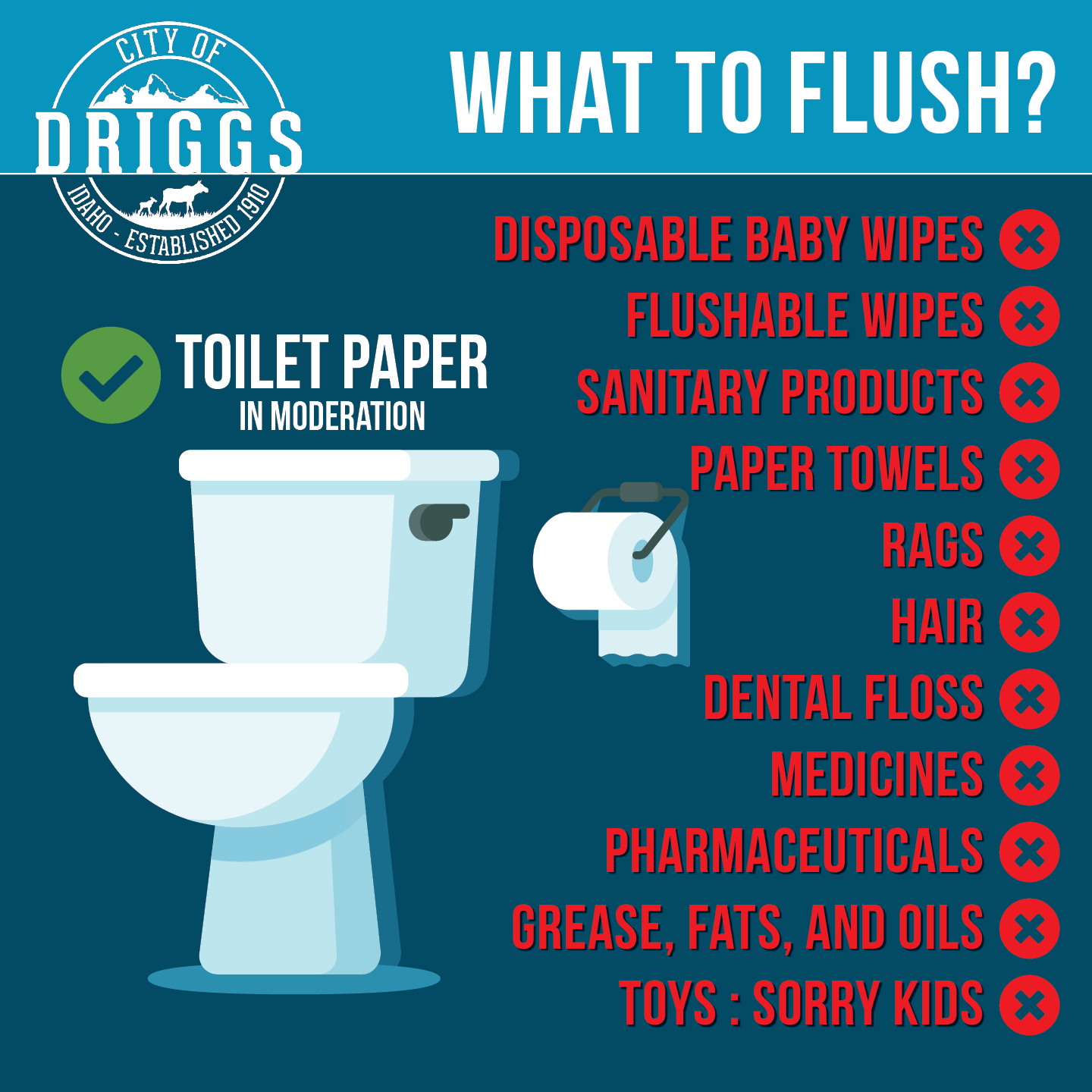Departments
Contact Info
City Hall
60 South Main Street
P.O. Box 48
Driggs, Idaho 83422
Hours: Monday-Thursday 8:00 a.m. - 5:00 p.m.
Closed Fridays and Federal Holidays
Phone: (208) 354-2362
General Email: info@driggsidaho.org
Wastewater Treatment Plant
The Wastewater Treatment Plant operations are managed to comply with federal, state, and Clean Water Act regulations. Public Works is responsible for protecting environmental quality and public health through the safe and efficient operation and maintenance of the wastewater treatment facility (WWTP).
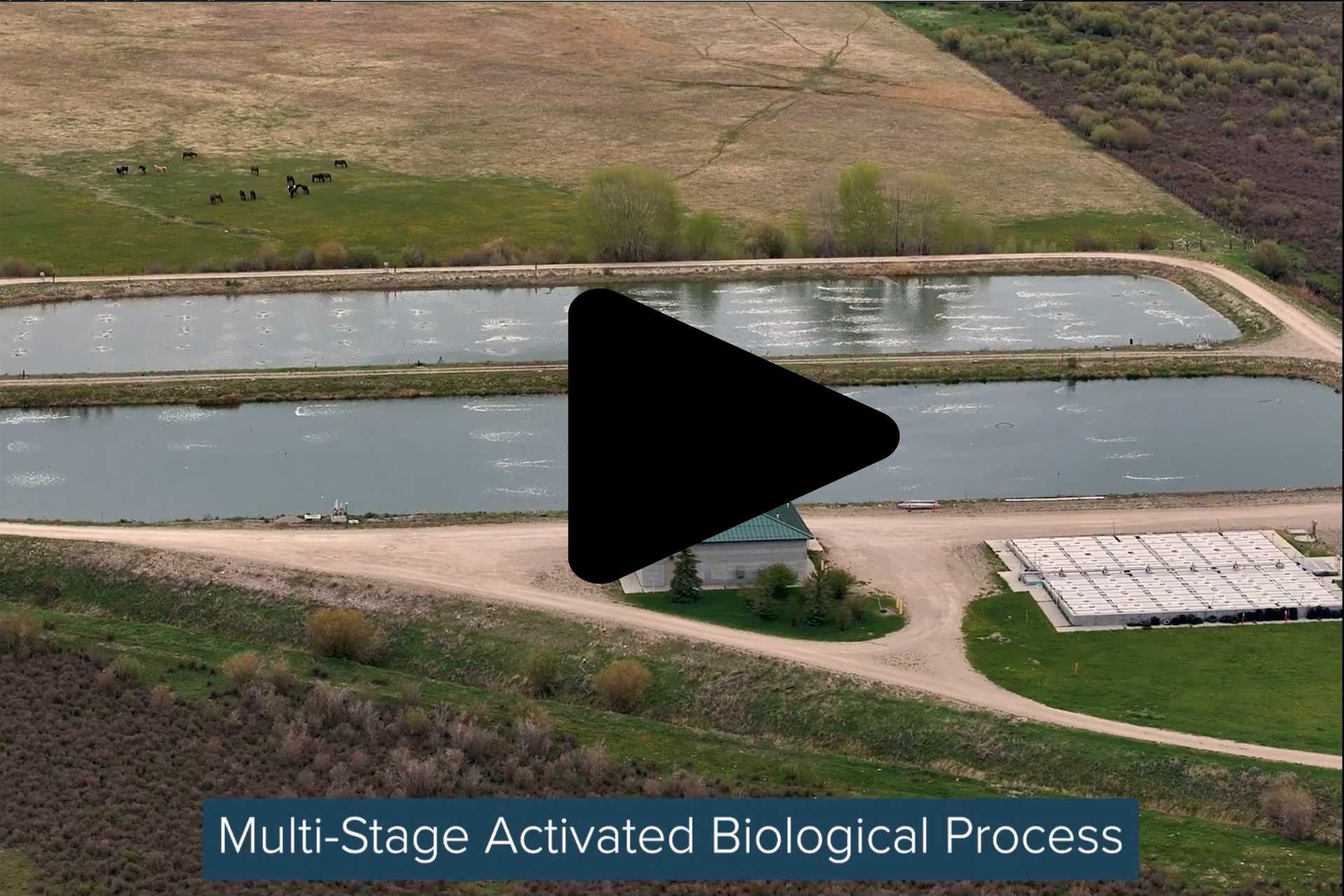
WWTP Upgrade Project Video & Community Conversation
Join Mayor Christensen on Monday, 9/15, for a Community Conversation and watch our video about the project, slated for completion in 2030.
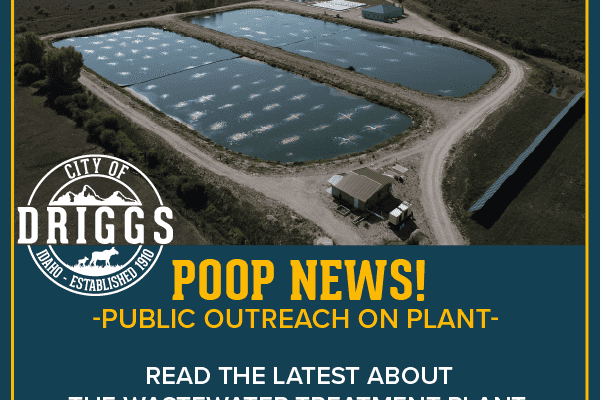
City of Driggs Reevaluates Wastewater Treatment Plant Expansion Following Victor's Withdrawal
The City of Driggs is reassessing its planned expansion of the Driggs Wastewater Treatment Plant (WWTP) after the City of Victor voted in a special meeting on Thursday, March 27th, that it will no longer participate in the joint project and instead pursue construction of its own facility.

Join Mayor August Christensen and Public Works Director Jay Mazalewski at 5pm, Jan. 30th at City Hall for a discussion of the planned expansion and upgrades at the Teton Valley Regional Water Reclamation Facility, and the recent consent decree from the US Environmental Protection Agency and Department of Justice.
2025 Consent Decree
Reporting and information regarding the 2025 Consent Decree
Public Outreach on Plant (POOP)
Read the most current information available on the Wastewater Treatment Plant
Waste Water Treatment Plant FAQs
Answers to your most common questions. Have more? Let us know!
Department Contact Information
Public Works Director
Jay Mazalewski, P.E.
jmaz@driggsidaho.org
208-354-2362 ext 2115
Utility Clerk
Tracy McNeiley
tmcneiley@driggsidaho.org
208-354-2362 ext 2100
